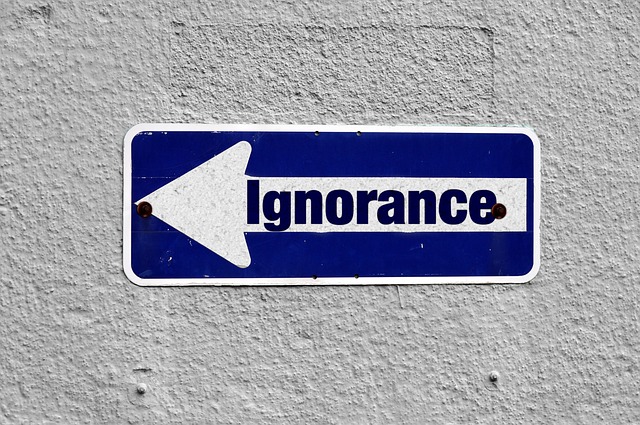One thing the overwhelming majority of Americans agree on is that drug prices are too high and that the government should rein them in. Incredibly, we pay a lot more than we even realize for prescription drugs. In a new article for Health Affairs, Don Light and Jonathan Darrow explain the many additional ways we pay for drugs.
You might have heard that Americans pay twice for prescription drugs. On top of a drug’s retail price, federal and state governments contribute billions of taxpayer dollars each year to pharmaceutical companies. Those dollars fund drug research.
Light and Darrow explain that we pay a third way for drugs. The government gives pharmaceutical companies special tax benefits. They get tax credits and they can deduct the total cost of their research in year one rather than having to amortize those costs over several years.
In addition, pharmaceutical companies get government payments for their drugs, at pretty much whatever price they set, through Medicare and other government insurance programs. Fifty years ago, most people did not have prescription drug coverage; insurance only paid for 12 percent of retail drug costs. In 2017, insurance paid for 86 percent of these costs. Insurance coverage drives up demand for drugs and rewards pharmaceutical companies.
Of note, insurance has not helped with people’s out-of-pocket drug costs. They have remained about the same over the last 50 years, between $43 and $64 billion in total. But, drug insurance has also driven up medical costs, often requiring people to visit the doctor multiple times for prescriptions. And, it sometimes requires people to engage in step therapy, which can be cumbersome and of no value for people who need to go up further steps for drugs to meet their needs. People pay these costs directly in additional copays and indirectly in time and higher insurance premiums.
And, what do we get for all that we pay? In many cases, very little. Of the 48 new drugs approved in 2019, 28 were not better than drugs already available. Of the remaining 20, patient benefit is not clear. Based on reviews, as few as two percent offer meaningful benefit.
More than three in four dollars of pharmaceutical company spending goes to these new and not necessarily beneficial drugs. Consequently, billions in public money goes toward the development of many drugs that are unhelpful. We lack the data to know exactly how much drug companies receive from the public in total for the drugs they develop. We also don’t have a good handle on how efficacious many of these drugs really are.
We do know that all of the 210 new drugs developed between 2010 and 2016 had government funding. The government contributed $100 billion for foundational research. Still, drug prices have increased dramatically. New cancer treatments, for example, now cost $10,000, up from $2,000 25 years ago.
Darrow and Light argue that we need a full accounting of the direct and indirect ways pharmaceutical companies generate wealth. Transparency is needed. It would allow for a more thoughtful process for determining whether pharmaceutical company financial incentives are appropriate in relation to the benefits of the drugs they support.
Here’s more from Just Care:
- One in three FDA-approved drugs have safety risks
- R and D costs do not justify high drug prices
- Millions safely import low-cost drugs from abroad
- How to get free or low-cost dental care
- Need a crown or dental implant? Consider a trip to Mexico

Leave a Reply